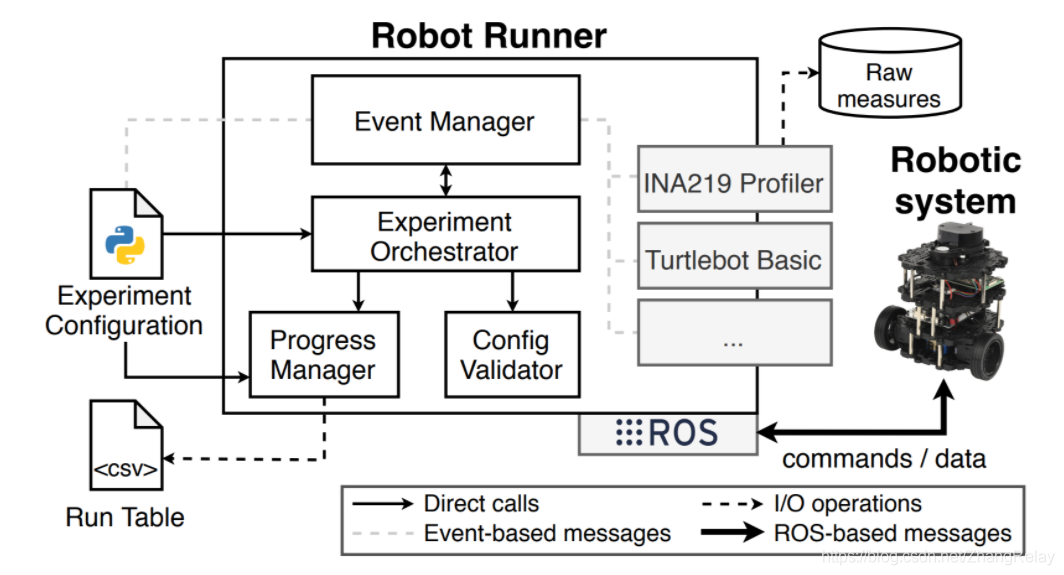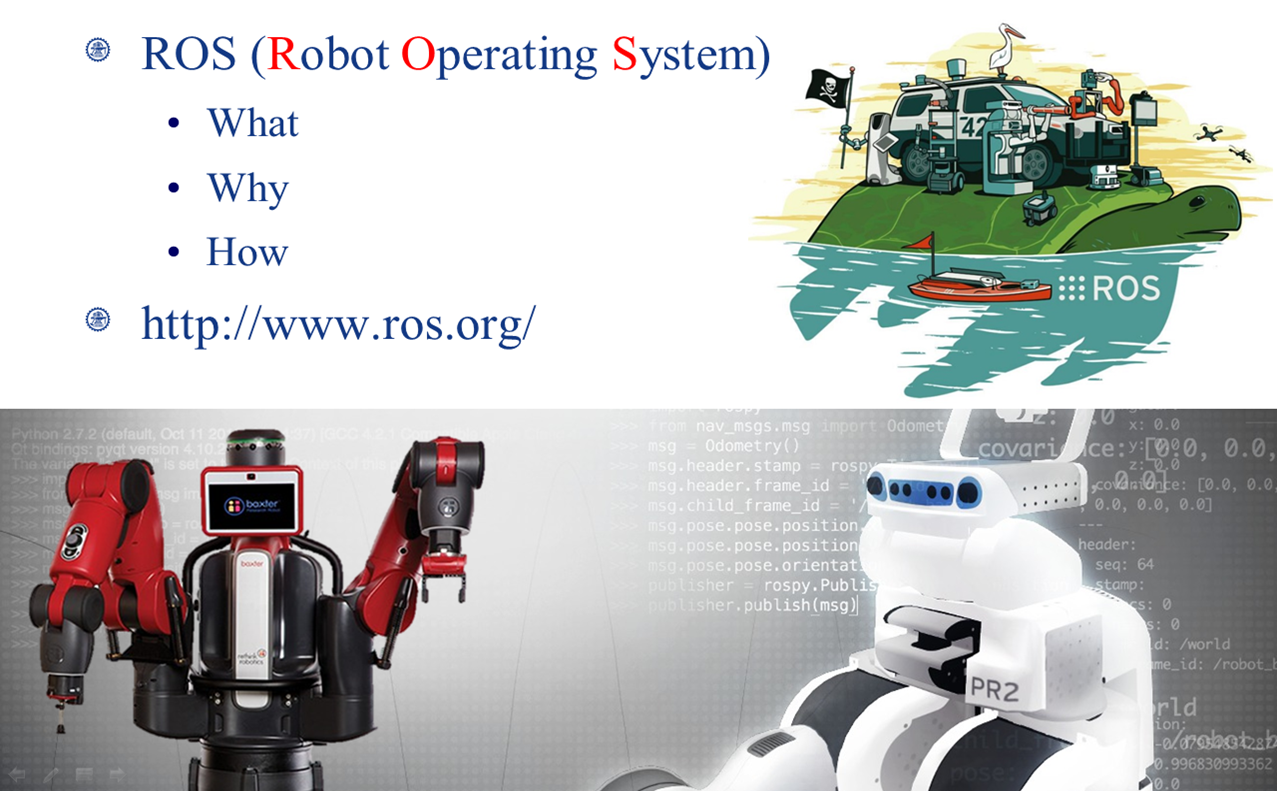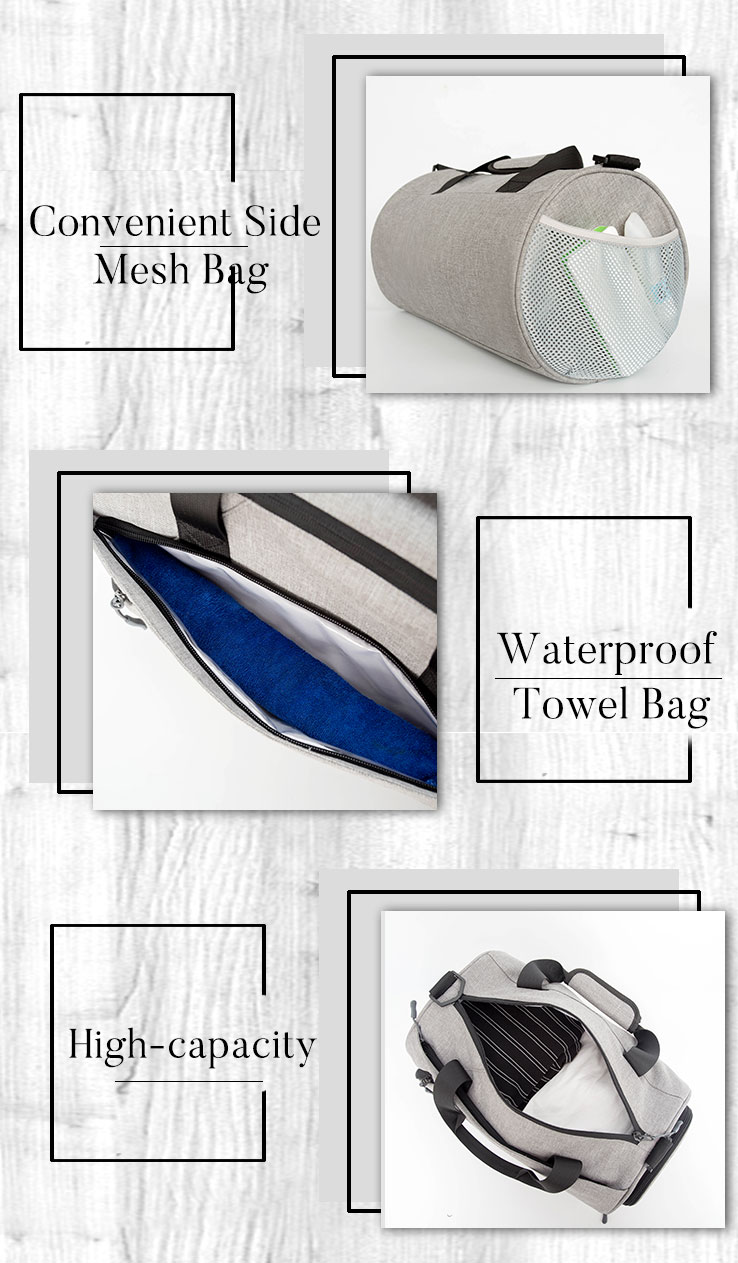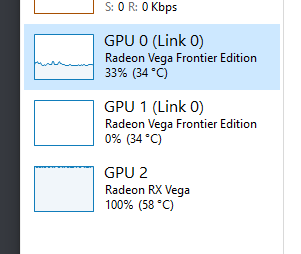ROS Hardware: The Backbone of the Robot Operating System
The Robot Operating System (ROS) is a flexible framework that can be used to build robot applications. It provides a set of libraries and tools that can be used to develop software for robots. One of the most important components of ROS is the ROS Hardware, which acts as the backbone of the entire system. ROS Hardware provides the necessary support to connect and control various types of sensors, actuators, and other devices that are used in robotics. It also provides a set of standard interfaces that ensure compatibility between different hardware components, making it easy for developers to use different types of hardware with their ROS-based applications. ROS Hardware is an essential component of the ROS framework, as it allows developers to control and interact with the physical world using their robots.
ROS (Robot Operating System) is a collection of software libraries and tools that enable the development of complex robotic applications. But what is often overlooked is the crucial role played by the hardware in making ROS a successful platform for robotics. This article will explore the hardware components that make up the backbone of ROS, and how they contribute to the overall functionality and performance of a robotic system.
Central Processing Unit (CPU)
The CPU is the brain of the robotic system, responsible for executing the software code that controls the robot's movements, processing sensor data, and coordinating the activities of other hardware components. In ROS, the CPU is typically a powerful microprocessor capable of handling multiple tasks simultaneously. This allows ROS to support complex robotic applications that require high-speed processing and quick decision-making.

Graphics Processing Unit (GPU)
The GPU is a specialized computer chip designed to handle high-performance graphics processing tasks. In ROS, GPUs are often used for machine learning applications, as they can handle the intensive calculations required for tasks such as object recognition and path planning. By offloading these tasks to the GPU, the CPU can focus on other important aspects of robotic operation, such as sensor data processing and communication with other devices.
Random Access Memory (RAM)
RAM is a form of computer memory that allows for quick and easy access to data. In ROS, RAM is crucial for storing data structures that represent the robot's environment, such as maps and point clouds. It also serves as a buffer for sensor data and messages passed between different nodes in the ROS system. Having sufficient RAM is essential for ensuring smooth and responsive robotic operation.
Storage Devices
Storage devices, such as hard drives or solid-state drives (SSDs), are used to store the software and data necessary for robotic operation. In ROS, this includes the operating system itself, as well as any additional software libraries or datasets that may be required for specific applications. Having a large and fast storage device can significantly enhance the performance of a robotic system by providing ample space for data storage and ensuring quick access to necessary files.
Network Interface Cards (NIC)

NICs are hardware components that allow a robotic system to communicate with other devices or systems over a network. In ROS, NICs are essential for enabling features such as multi-robot collaboration, cloud computing, and remote monitoring. By providing a stable and fast network connection, NICs help ensure that ROS systems can operate effectively in both local and distributed environments.
Power Supplies and Batteries
Power supplies and batteries provide the necessary electrical power to keep a robotic system operating. In ROS, this power is used to drive the various motors and sensors that make up the robot's hardware. Having a reliable power supply is crucial for ensuring that a robotic system can operate continuously without interruption.
Conclusion
In conclusion, it is important to acknowledge the crucial role played by hardware in making ROS a successful platform for robotics. The backbone of ROS consists of various hardware components, including the CPU, GPU, RAM, storage devices, NICs, and power supplies and batteries. These components contribute to the overall functionality and performance of a robotic system by providing necessary processing power, memory capacity, storage space, network connectivity, and power supply. As robotics continues to evolve and become more complex, it will be important for hardware to keep pace with these advancements in order to support the ever-growing capabilities of ROS-based robotic systems.
Articles related to the knowledge points of this article:
Plural of hardware and hardware
Vieler Hardware: A Legacy of Quality and Innovation
Title: The Evolution and Innovation of Key Chain Hardware Manufacturers
The Murdoch Story: A Legacy of Leadership and Innovation
Knobelite Hardware: The Heart of Your Technology
Title: The Evolution and Significance of Tools Hardware in Kingston



